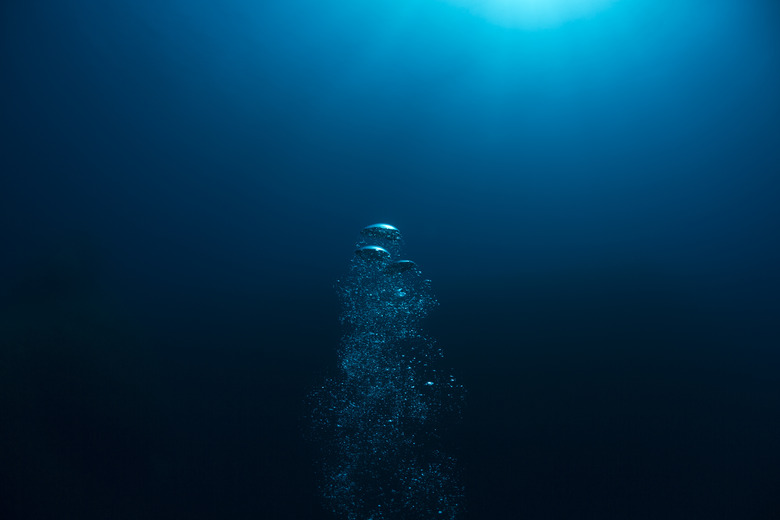Physical Address
Suite 5, 181 High Street,
Willoughby North NSW 2068
Physical Address
Suite 5, 181 High Street,
Willoughby North NSW 2068

The creatures that roam the deepest parts of the ocean, known as the _hadal zone or hadopelagic zone_, are largely a mystery to humans. It’s only recently that we’ve developed technology that allows us to plunge miles beneath the surface of the water where extreme pressure (strong enough to crush metal), low light levels and cold temperatures make life seemingly impossible.
Despite these intense and extreme conditions, life has found a way to adapt and survive at the deepest parts of the ocean. The animals that live at these depths are known as hadal zone animals. They’ve evolved amazing adaptations that allow them to survive with no light and at extreme pressures.
Scientists divide the ocean into four distinct zones:
• Epipelagic Zone (0 feet – 656 feet below the surface)
• Mesopelagic Zone (656 – 3,281 feet below the surface)
• Bathypelagic Zone (3,281 – 12,124 feet below the surface)
• Abyssopelagic Zone (12,124 – 19,686 feet below the surface)
• Hadalpelagic Zone (19,686 feet – ocean floor) – also called the hadopelagic zone
Almost all oceanic life exists in the epipelagic zone, which goes from the surface of the ocean down to 656 feet below the surface. Most life exists here because it is within this zone that sunlight and the sun’s rays/energy can penetrate into the water.
Any further down than that receives little to no light, low temperatures and immense pressure, which makes sustaining life difficult. The hadalpelagic zone is the deepest and darkest zone in the ocean.
The animals found most often in the hadopelagic zone are called amphipods. Amphipods are tiny flea-like crustaceans that are found by the thousands in every explored Hadal Zone.
These small soft-shelled crustaceans have been found as deep as 29,856 feet. Their huge concentration in this zone leads scientists to believe that they’re at the bottom of the food chain and provide key sustenance and serve as a food source for other animals and fish at the bottom of the ocean.
These species are mostly scavengers picking up on any debris floating from zones above. They also attack and eat each other and other small organisms. One particular species of interest is the Alicella gigantea. While most of these amphipods are quite small, this species can reach up to 13 inches in length.